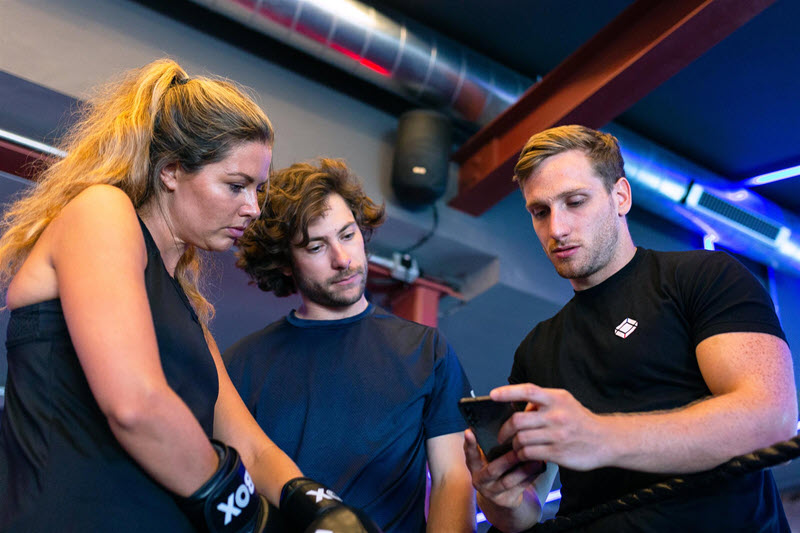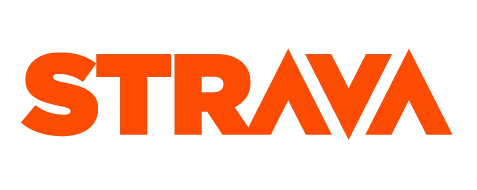How Technology Supports Athletic Progress
In this digital era, athletics and technology are becoming more and more connected. The global sports tech market is projected to reach $41.8 billion by 2027. This market growth is attributed to the growing pressure on athletes and teams everywhere to improve player and team performance. Using data-driven insights gathered from the variety of digital tools available, athletes are finding new ways to boost their athletic progress.
However, this doesn't mean that technology can fully replace the importance of in-person, real-world coaching. We've previously written about why athletes may not want to hire a coach, citing factors such as lack of motivation, confidence, and even knowledge as possible reasons that athletes shy away from traditional coaches. Using digital tools, however, coaches and athletes can work together to improve progress based on the accurate data collected from these tools. In this post, we'll look at some of the ways technology can support and further athletic improvement:
Holistic Tracking
For athletes to effectively improve necessary statistics, tracking their progress is crucial. Aside from having a comprehensive record of training sessions, tracking can also help visualize correlations between new routines and meal plans with potential changes in an athlete's performance. As such, most modern nutrition and weight loss programs include trackers since tracking can help take you from performing on autopilot to working with awareness. For instance, tracking apps can assist athletes in eating better so they can master portion sizes, be mindful snackers, and plan to eat their favorite foods. On top of meal tracking, various tracker apps can also track parameters relevant to an athlete's physical condition, such as water intake and sleep tracking, both of which are essential for an athlete's well-being.
Data-driven Improvements
As previously mentioned, today's digital tools available to athletes and coaches can do more than just track. For example, the data gathered from tracking apps can be analyzed in-depth to turn into actionable insights for coaches and athletes alike to make necessary changes to a routine or training strategy. Coaches will also be able to understand an athlete's tendencies based on what the data shows. Coaching staff can monitor athletes using real-time oxygenators, for example, to assess effort level on oxygen consumption within a workout to improve efficiency. Essentially, data-driven coaching and tracking automate and simplify the process of keeping what works and changing what doesn't work to gain a competitive edge.
Virtual Training
Outside of tracking and monitoring purposes, one aspect of digital technology that is seeing increased use in athletics is virtual reality (VR). In a study on sports training in VR, researchers found that the use of VR can improve motor behavior in athletes, while providing opportunities to train specific athletic situations in settings and conditions unavailable or not feasible in the real world. VR also significantly reduces the likelihood of athlete injuries. Most importantly, VR training can be used for standalone training without the limitations of traditional training partners or gyms, such as a predefined time and location. While virtual training may not replace physical, real-world training anytime soon, the study found that a combination of virtual and real-world training as part of an athlete's routine can be beneficial.
Ultimately, using various technologies to support athletic progress doesn't mean a complete replacement of human coaches. Instead, balancing human coach intuition with virtual automation and tracking can help coaches optimize athlete performance while prioritizing their well-being.
Take our Free "Authentic" Marketing Course for Coaches
Designed for endurance sport coaches. Marketing doesn't need to be pushy. The best marketing simply creates a win-win relationship between you and your customers. Take the simple 6 part course to learn more.














